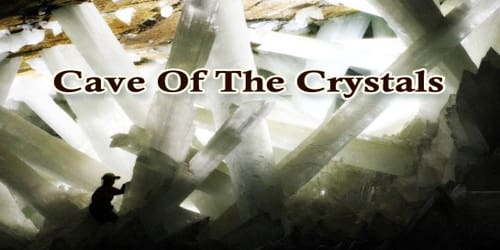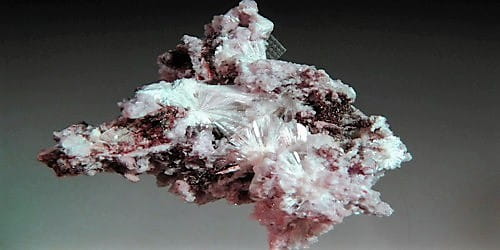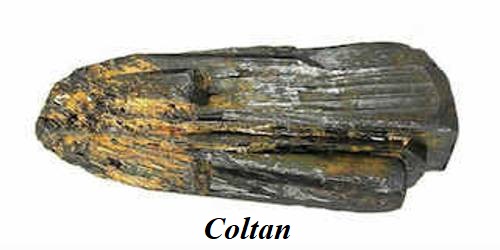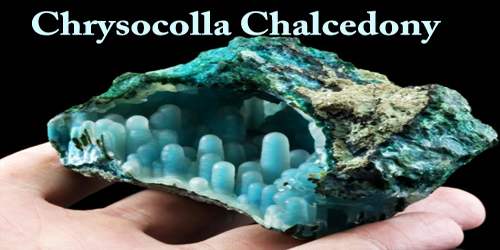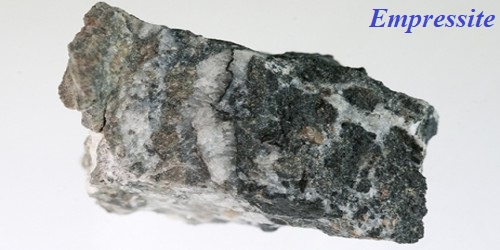“Cave of the Crystals” or “Giant Crystal Cave” (Spanish: Cueva de los Cristales) are the largest natural crystals known, and it has located hundreds of meters underground in Naica, Chihuahua, Mexico. The cave resembles nothing so much as an alien cathedral, with a roof propped up by huge selenite crystals. The main chamber contains giant selenite crystals (gypsum, CaSO4 • 2H2O), some of the largest natural crystals ever found. The cave’s largest crystal found to date is 12m (39 ft) in length, 4m (13 ft) in diameter and 55 tons in weight. When it was accessible, the cave was extremely hot, with air temperatures reaching up to 58 °C (136 °F) with 90 to 99 percent humidity. The cave is relatively unexplored because of these factors. Without proper protection, people can only endure approximately ten minutes of exposure at a time.
The cave was only discovered in April 2000, when silver miners (by brothers Juan and Pedro Sanchez) accidentally broke through its walls. As of October 2015, the mine had refolded, and the cavern filled once more with the water rich in minerals required for the crystals to grow. A group of scientists known as the Naica Project has been involved in researching these caverns.
These giant crystals have experienced steady slow growth over the past half a million years. Approximately 2-3 miles (3-5km) under the surface is a giant pool of magma. The caverns became flooded over time as a result of groundwater seeping in. This water was rich in gypsum minerals, and the heat generated by the magma worked like a cooker, maintaining a steady heat for 500,000 years. The gypsum in the water then transformed into the translucent selenite crystals that we see today. Whilst up until now the crystals have grown steadily and slowly, they will grow no further unless the cave floods once again.
Scientists know that places exist elsewhere in the solar system where extremes of temperature, chemistry, and humidity might not seem hospitable to life. Yet, as Cave of the Crystals demonstrates, microbes can survive extreme conditions, such as in desert regions or deep underwater, or even encased in rocks and minerals.
If these so-called “extremophiles” can form and thrive on our planet in challenging conditions, then chances are good that microbes can exist on other worlds in similar conditions. These could include Mars or Europa, or perhaps even the very alien environments of the clouds of Venus or Jupiter.
The cave was featured on the Discovery Channel program Naica: ‘Beyond The Crystal Cave’ in February 2011. Earlier, it was featured on the History Channel program ‘Life After People’, in the episode “Depths of Destruction” of the second season. Exploration has given credence to the existence of further chambers, but further exploration would have required significant removal of the crystals. As the cave’s accessibility is dependent on the mine’s water pumps, once mining operations ceased, the caves were allowed to re-flood in October 2015.
The Naica mine (Cave of the Crystals) is still active, and should people wish to visit, it is possible to do so with prior approval. However, bear in mind that only the upper caverns are available for access (under supervision), with the lower caverns currently considered too dangerous due to extreme temperatures. Only scientists and employees are able to access these prohibited areas.
Information Sources:
